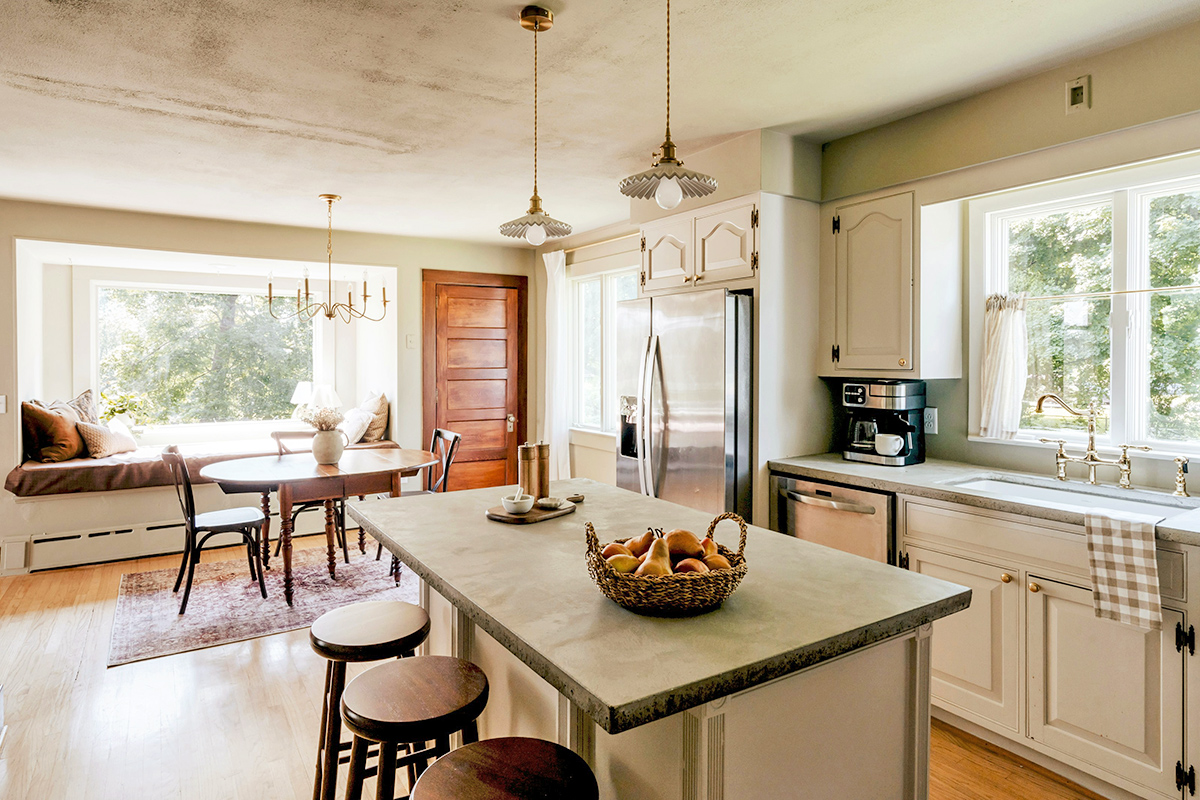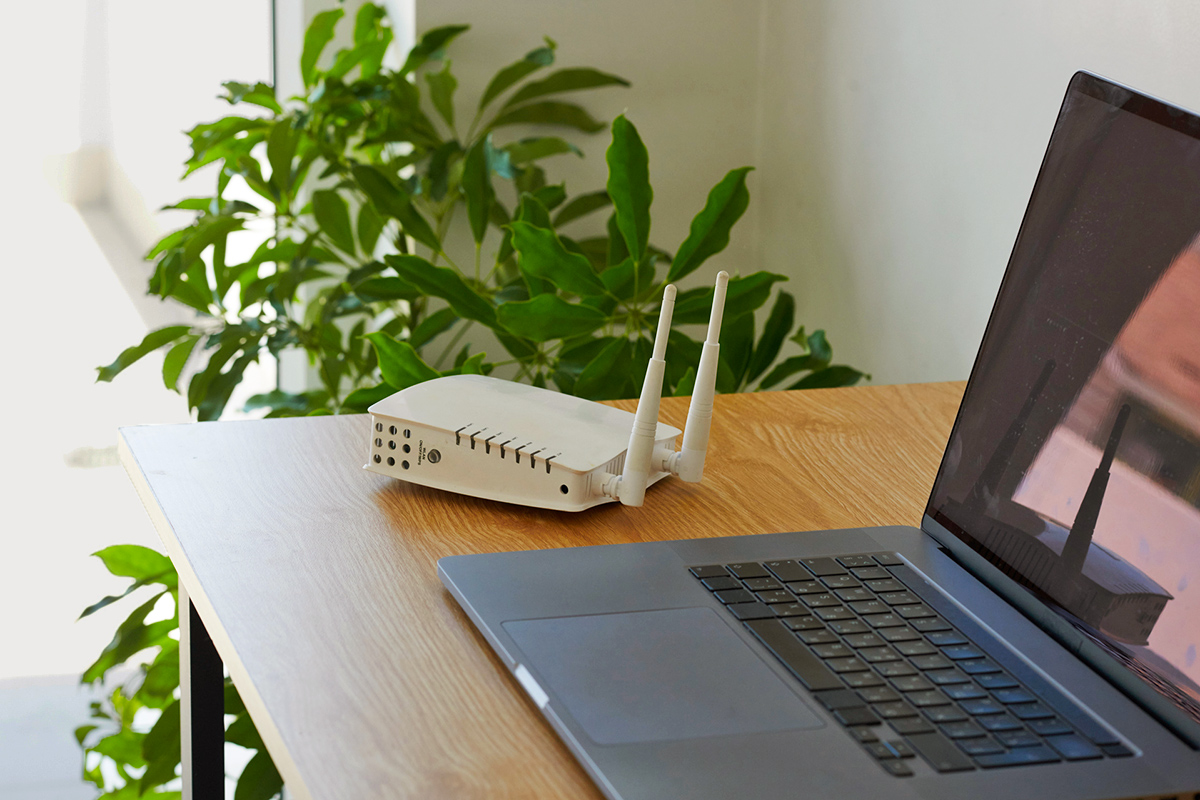Hanging art requires more than a hammer and a nail — an eye for placement and a tape measure are also essential. Whether you’re displaying a masterpiece or a beloved finger painting, hanging any piece of art too high or too low would make even a Picasso look out of place.
Follow the simple rule of thumb below for happy hanging.
Aim for Eye Level
According to Hutton Kalik, founder of HK Art Advisory Group, an art acquisition and investment service, the industry standard for hanging art is to center the artwork’s focal point at eye level for the average person — typically 58 to 60 inches off the floor. This height allows most people to comfortably admire the art without craning their necks.
How To Nail the Perfect Spot:
Here’s how to figure out where to place your nail or hook so the center of the artwork ends up at eye level:
1. Measure the height of the artwork.
2. Divide that number in half.
3. Add this figure to your desired eye-level point (Kalik recommends anywhere from 58 to 60 inches). We’ll refer to this measurement as the “top of the art,” as it indicates where the top of the frame will eventually be located.
4. Now, measure the distance from the actual top of your frame down to where the hanging wire (when pulled taut) or mounting hardware sits.
5. Subtract this distance from the “top of the art” measurement to figure out where the nail or hook should go on the wall.
So, for example, if your art is 24 inches tall and you want the center of the artwork to appear at 58 inches, you would add 12 to 58 to get 70 inches for the “top of the art” measurement. And let’s say the distance from the top of your frame to the hanging wire is 3 inches. Subtract 3 from 70 to get 67 inches — that’s where your hook or nail would go.
More from our network
House Outlook is part of Inbox Studio, which publishes content that uplifts, informs, and inspires.
How High To Hang Art Above Furniture
When hanging art above furniture, such as a sofa, console table, or headboard, you may need to adjust the rule slightly. “Use eye level as a rough guide to the height, but ultimately make sure the bottom of the work is at least 6 to 8 inches above the surface of the furniture,” Kalik says. For a balanced look, select art that’s at least two-thirds the width of the furniture.
Know the Rule, Then Break It
There’s an exception to every design rule. Hanging all art in your home at the same height can quickly become visually monotonous. If there’s a location that’s perfect for a specific piece of art, hang it however high your heart desires. “Making things not perfect on purpose is a fun practice to use for gallery walls, or walls that you can scatter works across the room,” Kalik says. “It helps keep the creativity flowing.”
Nervous about putting holes in your walls? Before breaking out a hammer, mock up the artwork’s outline on your wall with painter’s tape. This gives you a preview of the placement, helping you get it just right.



















